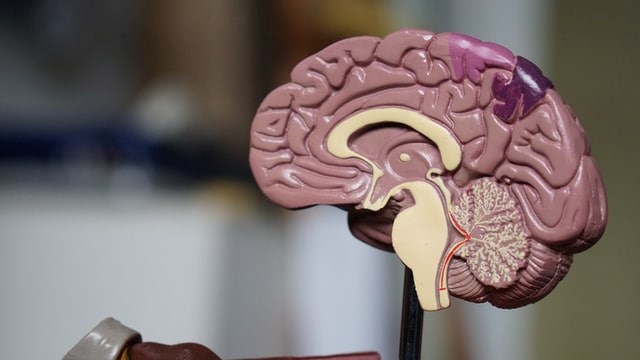
Latest mental health medicines statistics released by NHS
NHS Business Services Authority (NHSBSA) has released its latest data, ‘Medicines Used in Mental Health’, covering April to June 2022.
The report covers five main groups of medicines: Hypnotics and anxiolytics (used to treat insomnia and anxiety); antidepressants; drugs for dementia; drugs used in psychoses and related disorders; and central nervous system (CNS) stimulants and drugs used for attention deficit hyperactivity disorder (ADHD).
Key findings showed that between April to June 2022:
There were an estimated 21.2 million antidepressant drugs prescribed, a 1.17% increase from the 21.0 million items in the previous quarter, and a 3.58% increase from the 20.5 million items compared with the same quarter in 2020/21.
CNS stimulants and drugs used for ADHD have shown an increase of 6.82%, with an estimated 604,000 items in this quarter compared to the 566,000 items in the previous quarter. This is also an 18.7% increase from the 509,000 items from the same quarter in 2020/21.
In the 28-month period since the implementation of lockdown measures during the coronavirus (COVID-19) pandemic, between March 2020 and June 2022:
There were an estimated 2.36 million more antidepressant prescription items issued than expected based on historical trends. However, this was not a statistically significant increase for the period.
There were an estimated 1.01 million fewer drugs for dementia prescription items issued than expected based on historical trends. This was a statistically significant decrease for the period.
The data in this report is based on community prescribing and excludes hospitals and prisons.
To see the full statistical report go to https://www.nhsbsa.nhs.uk/statistical-collections/medicines-used-mental-health-england
Contact Information
Sahdia Hassen
Senior Media and Campaigns Officer
NHS Business Services Authority
Notes to editors
Notes for editors:
- Prescription ‘items’ refer to individual drugs or inhalers etc on a prescription form, however a ‘prescription’ can include multiple medicines on it.
- These statistics are based on the financial year and not on the calendar year as some other sources of data may be.
- These medicines are classified by their main usage. However, they can sometimes be prescribed for other reasons. For example, some antidepressants can be used to treat people suffering from chronic primary pain. We don’t capture this at NHSBSA during processing, and so can’t determine the reason that a prescription was issued. Due to this, these statistics may not give a completely accurate estimation of the population receiving treatment for a specific mental health condition. Drug therapy is just one way that mental health conditions can be treated. These statistics do not tell us how many patients access other forms of treatment, such as psychological therapy.
- Statistical significance refers to when a result from data generated by testing or experimentation is not likely to occur randomly or by chance but is instead likely to be attributable to a specific cause.
- Quarterly - occurring once every quarter of a year.
Non- copyright image attached.
